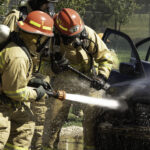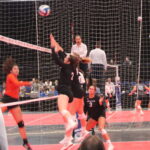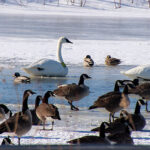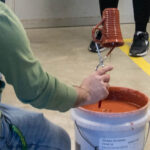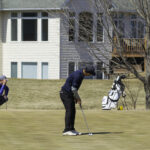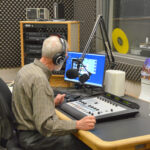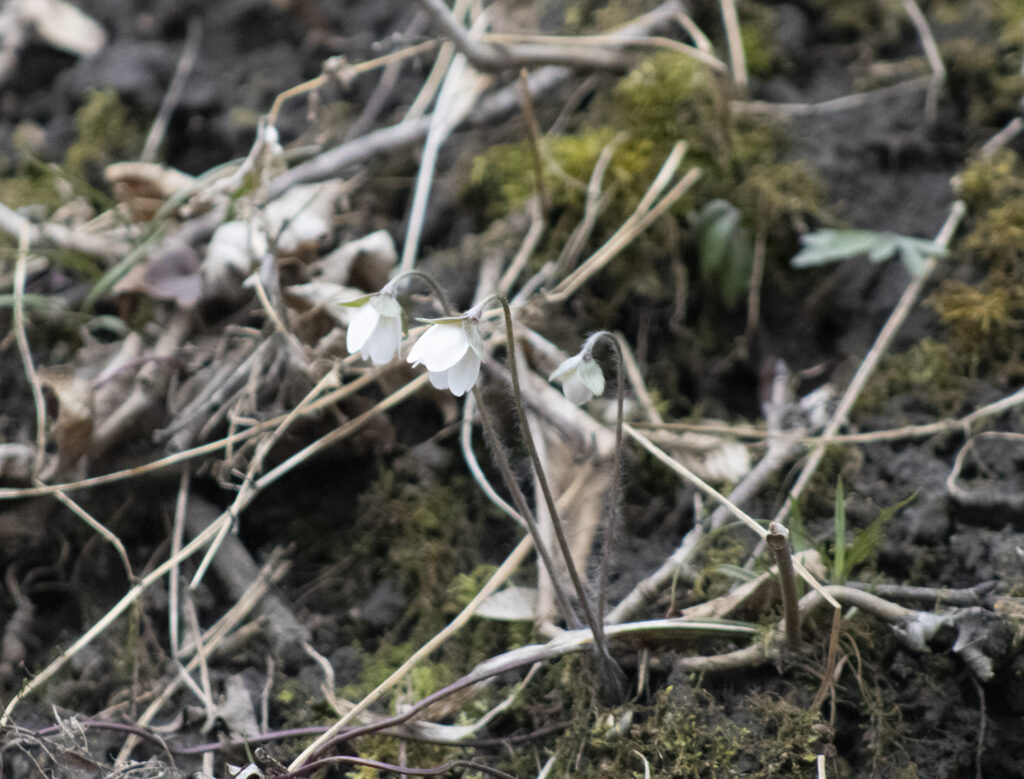
On March 20, 2021, the Spring Equinox occurred, marking the official start of the season, even if we aren’t out of snow possibilities yet. With the spring equinox comes, for the Northern Hemisphere, our daylight hours and the temperature increase, and from what we’ve seen, it starts raining. Plants start sprouting, the winds become less biting, and the sun rises earlier and sets later. Now, that’s what we know about here on earth, but what happens out there, in space? Well, a lot, actually, which also includes the Earth.
During the spring equinox, some interesting things happen with the Sun when it comes to Earth, something that may be noticeable or not noticeable at all. Such as, the fact that the Sun rises due east and sets due west. Why does this occur? Well, the Sun sits parallel to the celestial equator, or an imaginary line just above the equator, which, as time passes through the day, when it gets to noon, the sun is directly above our heads, or a true noon.
Another effect is the nearly equal day and night that occurs, which occurs for the same reason that the Earth gets the Sun at due east, true noon, and due west. But, how do these things occur? The Earth is constantly moving, whether we know it or not, and Earth is also on a tilt of about 23.5 degrees, which, in some way, is pointed towards the Sun. With the bringing of the Spring Equinox, the Earth’s Northern Hemisphere tilts towards the Sun at a positive 23.5 degrees and the same happens with the Autumnal Equinox but with the Southern Hemisphere.
If you aren’t as much a daylight person and more of a nighttime person, there’s something good for the nighttime people as well! When the Earth begins to tilt +23.5 degrees for the Northern Hemisphere, our view of constellations gets a switch up! The Spring Constellations, which are visible from late March to late June in the Northern Hemisphere, make their yearly spring debut. These constellations include Cancer, the crab, Leo, the lion, Ursa Major and Ursa minor, Big bear and Little bear/cub, and Virgo, the maiden, are some of the most well-known constellations that will be showing up.
Of course, in the cities, we can’t see them all that well, but we can go to the country and look at the stars. Even though we see so little of what happens with the equinoxes and solstices, it’s amazing what happens outside of our own planet. We should really appreciate the sights it brings us with each tilt and orbit. Have fun gardening, sowing seeds, and all the fun spring activities!

Categories: Feature


